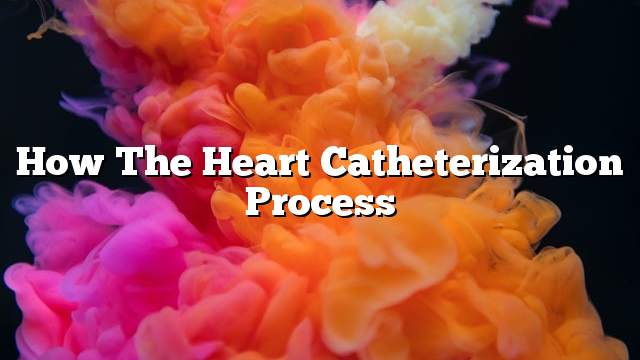Cardiac catheterization process
Is a surgery performed by specialists, also called the name of coronary intervention across the skin, and aims to catheterization of the heart to diagnose the arteries of the heart, which provide the heart blood to work properly, as these arteries can be blocked or narrow, leading to decline Blood flow in the arteries.
Reasons for conducting it
- Reduce the symptoms of blockage of the blood vessels. These symptoms are chest pain and shortness of breath.
- A heart attack, as the catheter opens the clogged arteries quickly.
- Improve heart performance better.
- Save the patient’s life, especially if the blockage is large in the artery, resulting in large injury of the heart muscle damage.
- Treatment of congenital heart defects, such as defects in valves, or at the ventricular or atrial fibrillation.
- Measure blood pressure accurately in different heart parts and lungs.
How it works
The patient will be admitted to the hospital one day prior to the surgery to perform some necessary analysis and radiation. On the next day, the patient will be anesthetized locally to the thigh, arm or wrist, but usually the procedure is performed by the thigh. The patient is kept awake during the operation, but the patient is given some intravenous medications to help relax him, and negative electrodes are placed on his chest, in order to monitor the heartbeat during the operation, and then The doctor works a small rip, then inserts a small tube, called the Qantar through the artery of the thigh, the doctor passes the tube into the main blood vessels until it reaches the coronary arteries in the heart, and in the process of cameras, especially Vascular, and then inject the doctor special material In the coronary arteries of the heart or in the left ventricle. Heart blood pressure is also measured, often in the cardiac catheterization. The doctor uses a network of ligaments or supports in the narrow arteries after opening them to help keep the arteries open. D to keep the arteries open, and at the end of the process, the doctor inflates a small balloon to open closed arteries. The catheterization process does not mean that the patient’s heart has fully recovered. However, some instructions should be followed to keep the heart healthy, such as avoiding smoking and alcohol, and reducing foods that contain High in fat and cholesterol.
